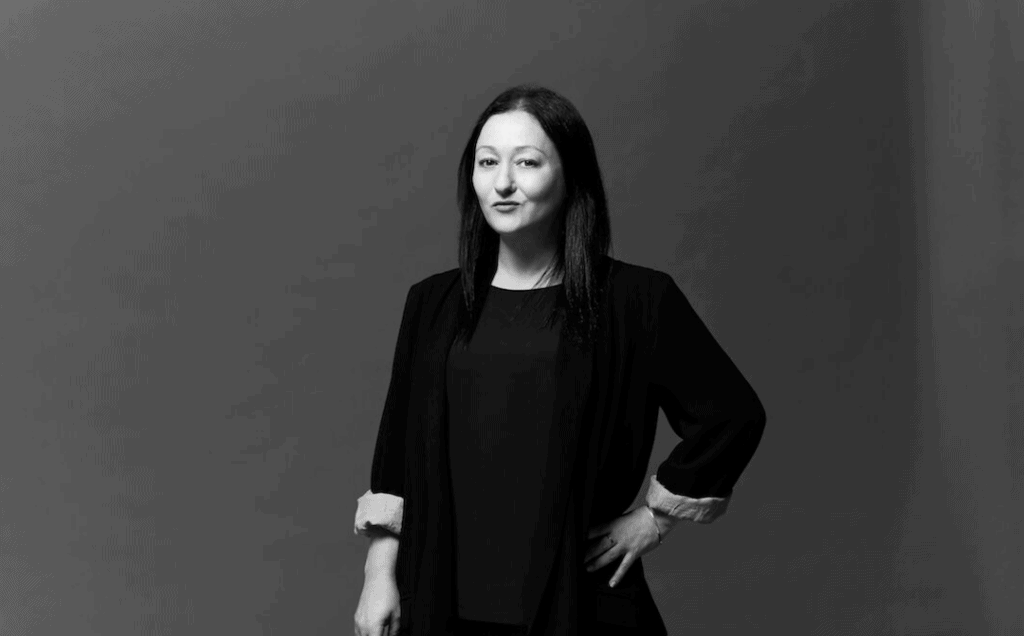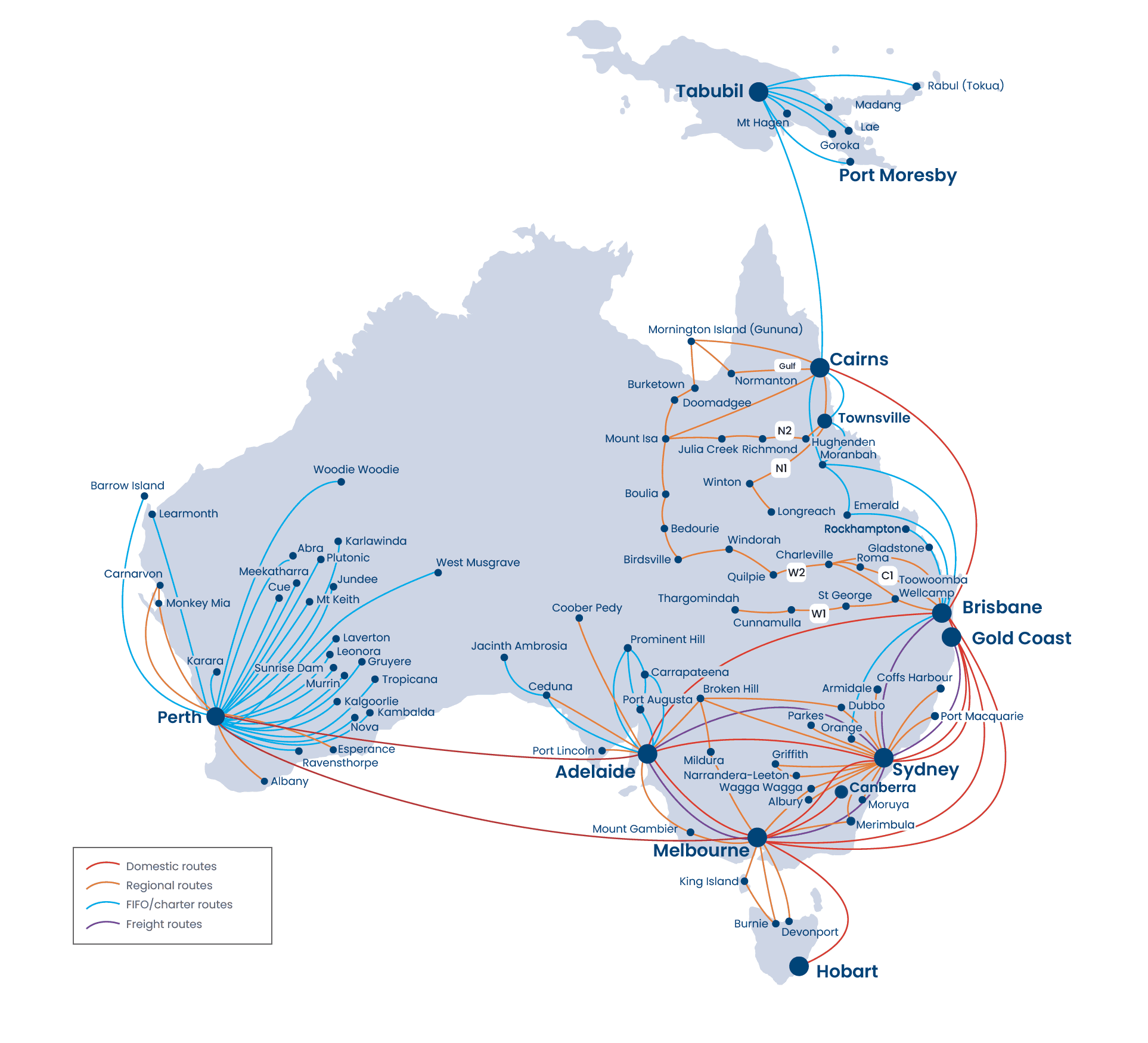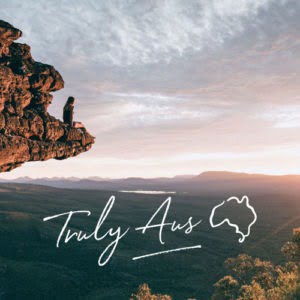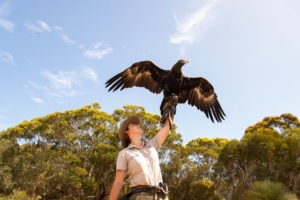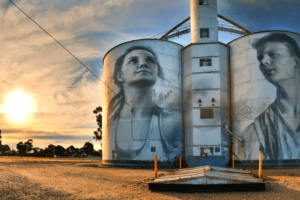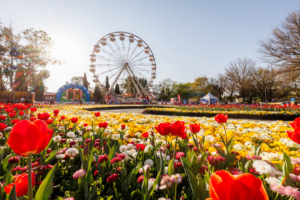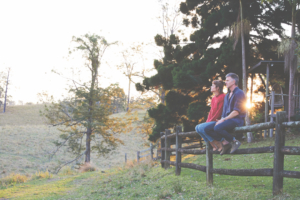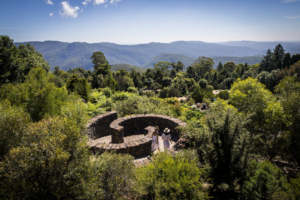Alexie Glass-Kantor is the Executive Director of Artspace and the curator of the Australian pavilion at the Venice Biennale 2022. We spoke to Alexie about her passion for art, regional galleries and social change.
Can you tell me a bit about yourself and your background as a curator?
In the 1990s, I studied art history and majored in photography and English literature. As a curator, I’m really interested in thinking about how the ideas of our times can be articulated through the work of artists and how audiences can collaborate with artists to create new insights and understanding. I’m not really interested in telling people what to think; I’m more interested in helping audiences bring their own knowledge, history and insight into an encounter with art, and how that conversation can be a really dynamic space for social change.
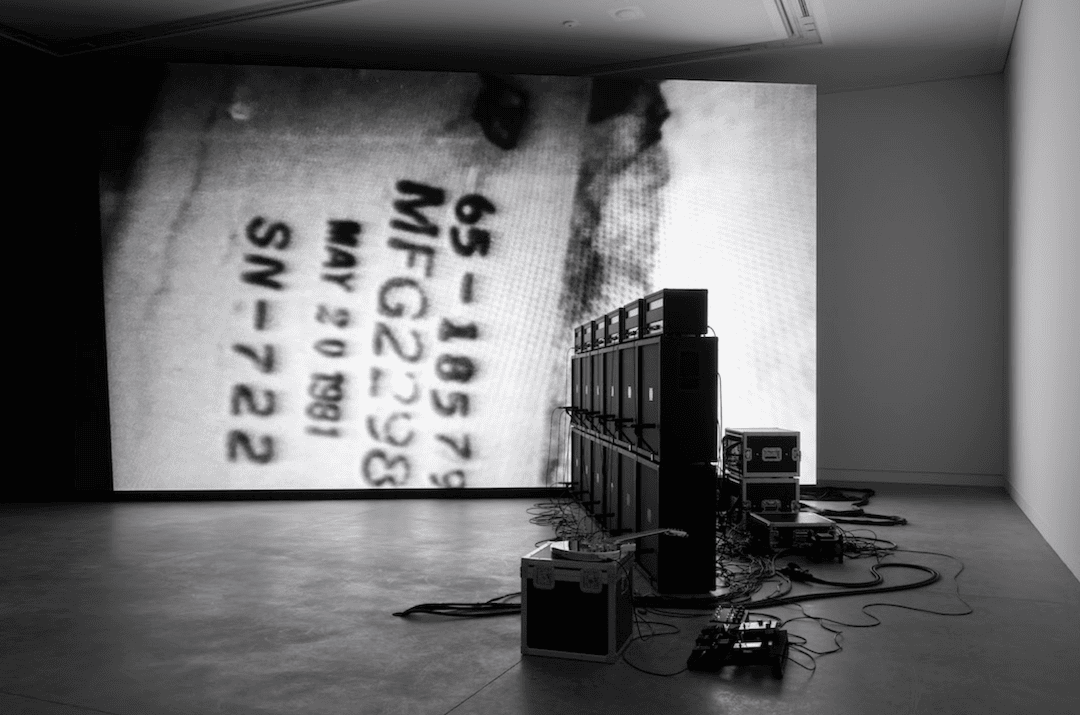
What does being the director of Artspace involve?
Artspace is a 40-year-old, publicly funded contemporary art centre that commissions, creates and supports the work of emerging and established artists from Australia and internationally. We have exhibitions, studios, residencies, publishing, and learning and community-building programs. I love being the director of Artspace because we get to work with the breadth and diversity of Australian artists from across remote, urban and regional Australia to create new works on-site, tour regionally across Australia and form international partnerships. So, Artspace is really a kind of generator.
Why does Artspace organise regional touring exhibitions?
It is really important that when we think about contemporary art, it’s not just for audiences in cities or large centres. It’s not an exclusionary or elitist activity, but it’s about engaging with artists and audiences in their communities. As a curator, I care very deeply about that idea of inclusion, equity and access. We work a lot with Museums and Galleries NSW, who have a national touring programme. Every time we tour our projects, we work with regional galleries to create bespoke public programmes as well as learning and outreach programmes for their communities. We created our current touring exhibition ‘Just not Australian’ for the Sydney Festival in 2020, and it is now touring across regional galleries, stopping next at Port Pirie Regional Art Gallery in South Australia.
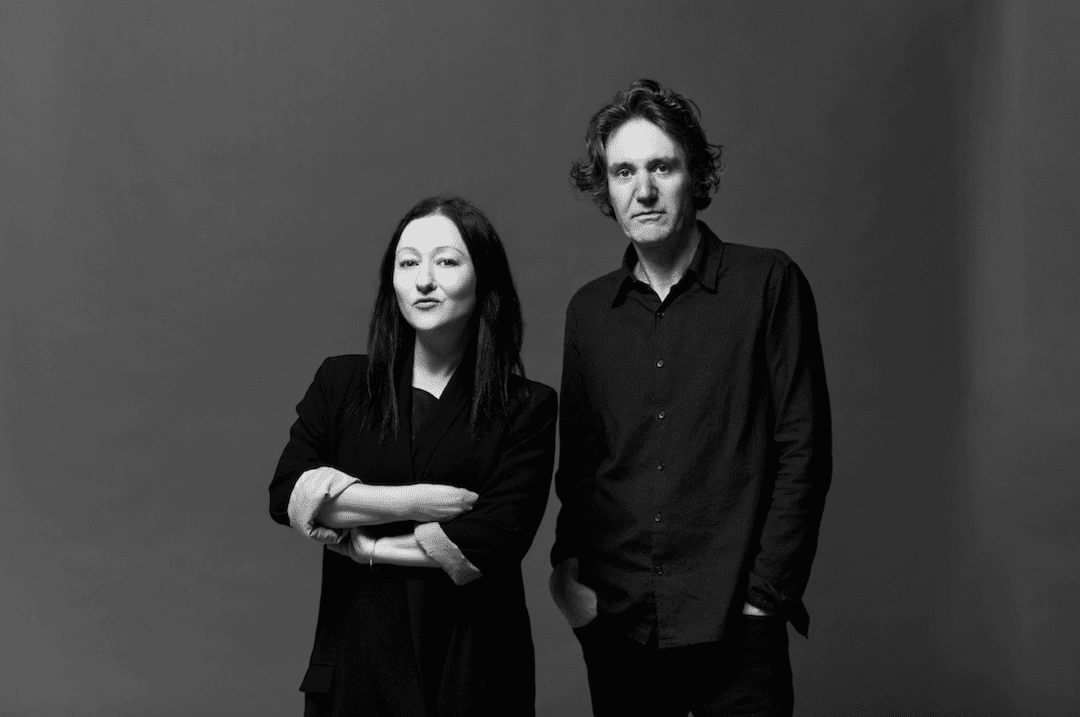
How would you describe the art scene in Australia today?
I think Australian art is in a very exciting, dynamic moment of constant transformation. We have this image that Australia is preoccupied with sports or that we’re a ‘cultural wasteland,’ but we have a number of state and commercial galleries, festivals, theatres, dancers and filmmakers that shouldn’t be underestimated. We’re real leaders across a range of industries, and we should celebrate that.
How did you go about curating the Australian pavilion for the Venice Biennale and working with Marco Fusinato to bring his experimental noise piece to life?
It was an amazing opportunity. Marco Fusinato and I were appointed in December 2019. We were meant to return in April 2020 with a team of people to work on the project, but then the borders and world closed. The work is called DESASTRES, and is currently being performed by Marco for 200 days, the duration of the Venice Biennale from April to November, six days a week. Marco goes into the pavilion each day at a different time, picks up his electric guitar which he uses as a signal generator while images from a musical ‘score’ are projected onto a screen. He has a bank of six by nine metres of amplification that can go up to 120 decibels. The composition is different and evolving every day. We have a DESASTRES website and Instagram account @desastres_ desastres where we release 15 seconds of images per day so people anywhere in Australia or globally can log in. We wanted to be able to share it with people if the world went into lockdown again.
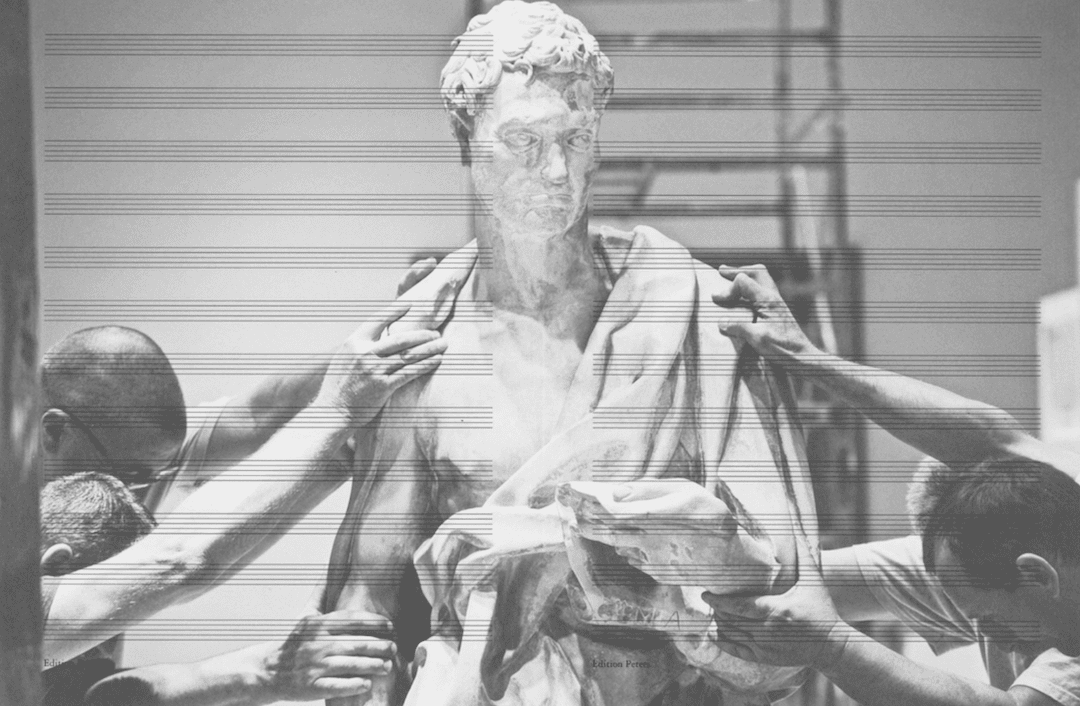
What are some of Marco’s influences or inspirations?
Marco’s parents were born in the Veneto region as pre-agricultural farmers known as the contadini. When they emigrated to Australia, Marco grew up on the outskirts of Melbourne in a working class migrant community at a time when there was a lot of discrimination towards these communities. He became interested early on in public art and radical politics, and alternative forms of organising communities to challenge the status quo. DESASTRES is named after a Japanese death metal band whose lyrics are all in Spanish. Marco has a strong interest in language: both in oral traditions but also nonverbal forms of expression and communication. His performance comes out of both conceptual art and noise. He works a lot with feedback and uses the electric guitar as a tool for creating abstract distortions.
What has the reception of the work been like so far?
The pavilion is seeing about 2,000 people a day. It has become a bit of a lightning rod this year. Marco is interested in audiences responding: he doesn’t care whether you love or hate the work, just that you do love it or hate it. Any response is a good response. What is important is that people don’t feel passive about the work, but that they feel emboldened to make their own decisions about it.
Where is your favourite place to travel in Australia?
I genuinely appreciate travelling to Darwin for the National Aboriginal and Torres Strait Islander Art Awards. Travelling into Arnhem Land and across that Country to meet artists in their communities is so exceptional. I love the breadth, dynamism and power of intergenerational creative and cultural practice in Aboriginal communities. And I love being part of celebrating that.
Can’t get enough of Alexia Glass-Kantor? To read our other interviews with artists and performers, click here.

